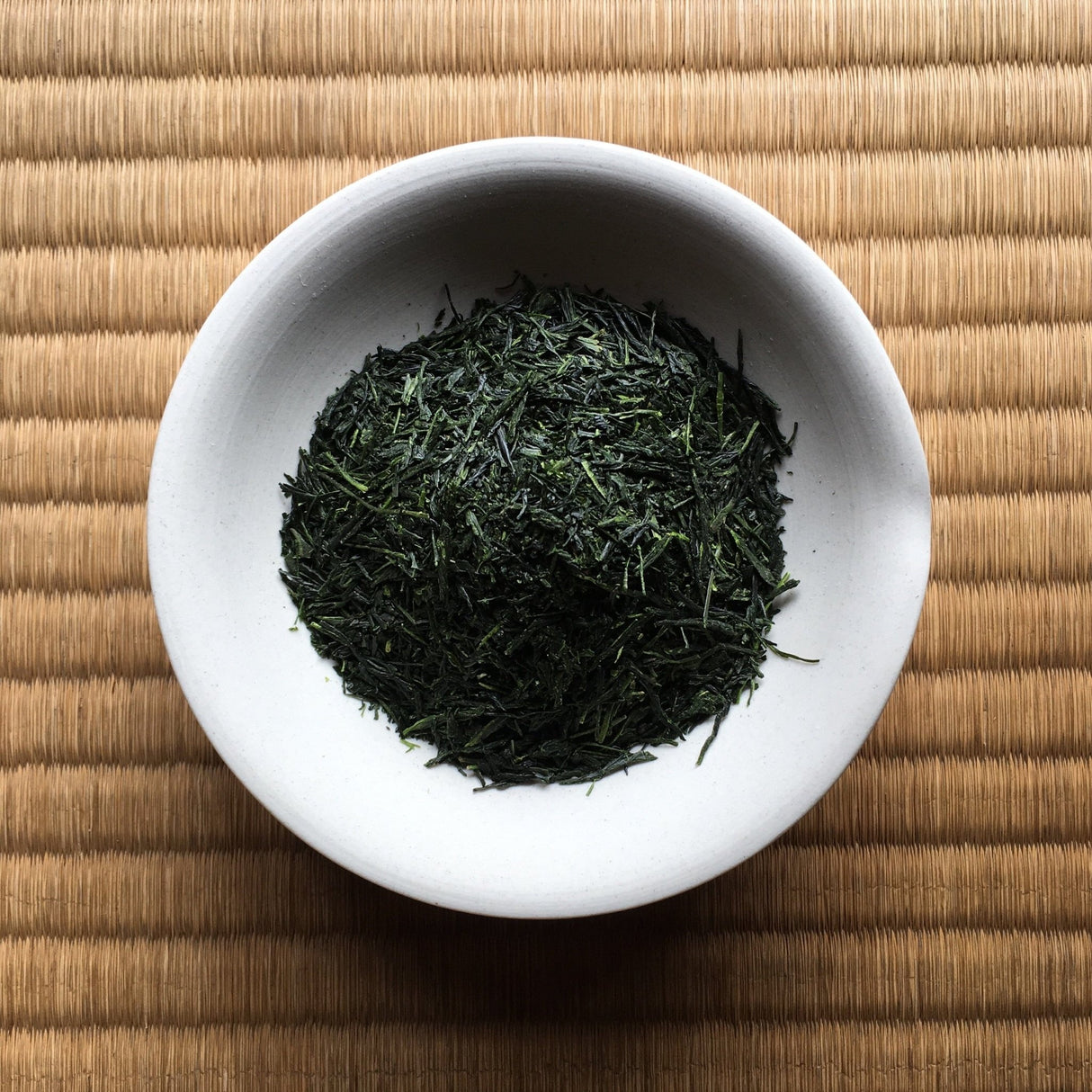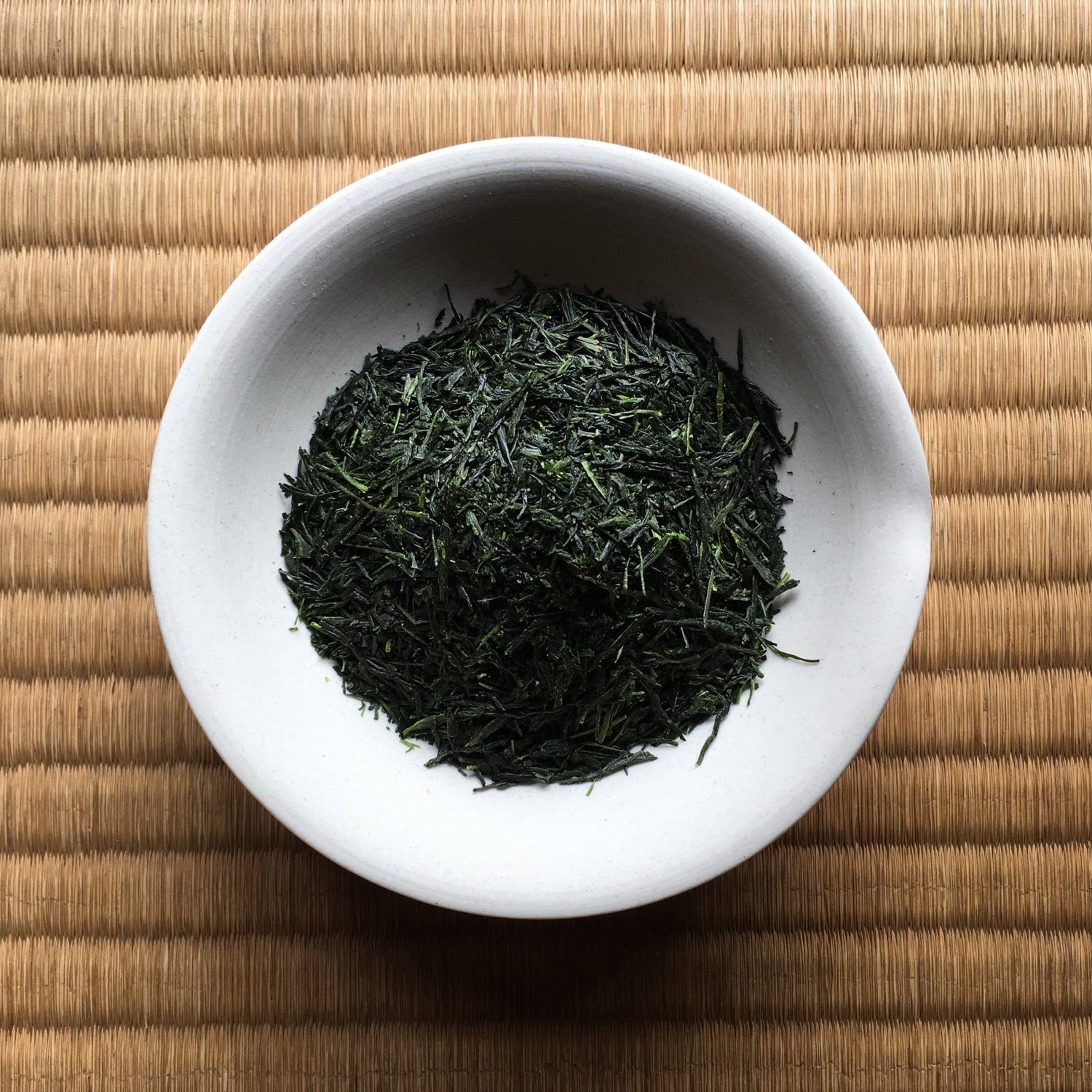#0751.K2 Gyokuro Saemidori - Kuchikiri - Naturally Grown Shaded Green Tea from Kirishima, Kagoshima
#0751.K2 Gyokuro Saemidori - Kuchikiri - Naturally Grown Shaded Green Tea from Kirishima, Kagoshima - 10g / 0.35 oz <-- Out of stock. PREORDER NOW. In general, procurement time is 2-4 weeks (matcha may take 2-6 months). Repacking is possible if a larger size is available (1-2 weeks).
Couldn't load pickup availability
If item is out of stock, add it to your wishlist to be notified by email as soon as item can be purchased.
Shipping Methods & Delivery Guarantee
Shipping Methods & Delivery Guarantee
Shipping fees vary by country, courier, and method. Place items into your inventory and go to the CART page to see the shipping estimate calculator. For some countries, we may need to manually calculate fees after purchase.
YUNOMI.LIFE'S DELIVERY GUARANTEE: We guarantee delivery for all orders shipped by airmail with a tracking number. (Conditions apply. Exceptions when notified.) Occasionally, orders may require additional customs processing for import. We will aid you to the fullest extent of our ability. If your order does not arrive within ONE month from shipment due to no fault of your own, we will replace or refund your order at no extra cost. We reserve the right to refuse shipment if we think delivery to your address may be difficult. This guarantee does not apply if recipient neglects or refuses to pay customs fees & import taxes, neglects to retrieve an order held at a post office or distribution center, or if the order is not deliverable due to a wrong address. Yunomi.life's Delivery Guarantee does not apply to wholesale purchases.
Kuchikiri
手前茶の 口切にさへ ゆふべ哉
temae cha no kuchikiri ni sae yūbe kana
The tea before me, I break the seal, in the evening
This poem was written in 1806 by one of Japan's most prominent haiku poets, Kobayashi Issa 小林一茶. The term kuchikiri 口切 refers to the unsealing of tea in the winter. After the spring harvest, traditionally (particularly prior to modern refrigeration) tea producers would would seal gyokuro (as well as tencha, the leaf used for matcha) in a jar (tsubo 壷) and store in a cool place (underground or in a cave). The storage during the hot summer and into winter allows the leaf to age, allowing any remaining bitter-tasting catechin to degrade, rounding out the flavor. The tradition has become an event and ceremony in Kyoto and other regions.
The term is also used by poets as a seasonal indicator, adding an additional layer of hidden meaning to the haiku. I'm not sure my translation is entirely accurate...I couldn't figure out the significance of the "ni sae" and the nuance of the "kana"...if you are a student of Japanese poetry, please feel free correct me in the comments!
This tea has followed this process, so we are naming it "kuchikiri" in honor of both the tradition and one of my favorite poets, Kobayashi Issa.
Organic cultivation
What is also unique is the richness of the umami flavor despite the fact that the leaves were grown organically. Non-organic cultivation allows farmers to infuse their tea plants with nutrients, creating an intensely rich umami flavor--a flavor that also attracts pests, and requires pesticides to deal with the pests. Growing organically, most examples of organic gyokuro can't attain a high level of umami due to the need to avoid leaf damage from insects.
"Kuchikiri" is able to achieve a smooth, rich gyokuro flavor due to the skill of the farmer who grew the leaves for "Kuchikiri", and the refiner who both aged the leaf over the last 9 months as well as green-roasting just enough to enhance the sweetness of the leaf.
Saemidori Cultivar
Finally, "Kuchikiri" benefits from being a single cultivar, utilizing the naturally umami-rich and bright green saemidori cultivar.
Product Info
- Ingredients: Green tea
- Cultivar: Saemidori
- Harvest: Spring
- Farm: Nishi Tea Farm
- Packing: Yunomi
- Region: Kirishima, Kagoshima, Japan
- Shading: 3-4 weeks (approximate), direct covering
- Steaming: Regular (but the young, tender leaf crelates a result is similar to fukamushi deep steaming)
- Certifications: Wholesale customers, this tea can be certified organic. Please contact us for more info.
-
CultivarSaemidori
-
HarvestFirst Flush (Spring)
-
RegionKagoshima - 鹿児島県
Payment & Security
Payment methods
Your payment information is processed securely. We do not store credit card details nor have access to your credit card information.



